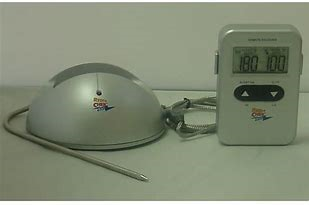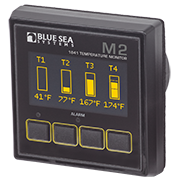Our boat is a 2007 34' Mainship Pilot with the Yanmar 370 hp engine. I am planning on installing a raw water temp sensor, but not sure if an exhaust temp sensor would be better. If I get the exhaust temp sensor do I even need the raw water sensor? Or, do I need both? Looks like Borel makes the sensors. Any other model sensors that you recommend? Thanks for your expertise!!
ABYC standards do call for a means of alerting the vessel operator in the event of a loss of cooling water for engines.
I strongly recommend the the exhaust temp sensor over the raw water flow sensor for a few reasons. The raw water flow sensors can get stuck open or closed, thereby giving you a false reading.
Most importantly, however, the raw water flow sensor, if installed before the raw water pump, as most are, will not alert you to a parted hose in the raw water cooling system
after the pump. I've seen this occur on a few occasions, the hose fails between the engine and exhaust system, so the engine does not overheat, but the exhaust system does.
At cruising speed, without water, the exhaust system can be severely damaged in a matter of a few minutes, rubber hose and FRP pipe that's designed to operate at 150F is cooked very quickly when exposed to 400-1000F dry exhaust. The repair cost, assuming the vessel doesn't flood or catch fire and sink, can be eye-popping. I made a post here a few months ago about a ferry in Florida that caught fire (with the loss of one life) as a result of a loss of cooling water for the engine and exhaust. I believe if that vessel had an exhaust temp alarm the tragedy may have been avoided, although the captain did inexplicably only reduce the engine to idle speed, rather than shutting it down, when he received an indication of an engine overheat.
Scores of clients have told me how exhaust temp alarms have saved their bacon. In the event of an intake clog, the alarm typically sounds within 30 seconds, nearly always quick enough to avoid damage to the impeller if the engine is shut down as soon as the alarm sounds.
More on the system here
https://stevedmarineconsulting.com/onboard-alarms-part-i/

